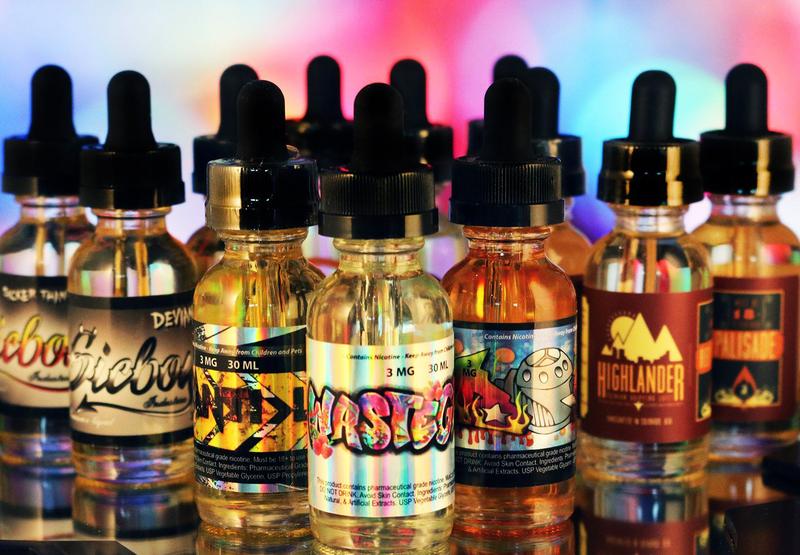Does vaping discolor walls? Understanding the Impact of E-Cigarettes on Indoor Spaces
The Rise of vaping and Its Popularity
In recent years, vaping has surged in popularity, particularly among younger demographics. E-cigarettes, or vapes, offer a smoke-free alternative to traditional tobacco products, often marketed as a healthier option. The appeal lies in the variety of flavors, the absence of tar and many harmful chemicals found in cigarettes, and the perception that vaping is less damaging to both health and the environment. However, as the use of e-cigarettes becomes more prevalent, questions arise regarding their impact on indoor environments, particularly concerning the discoloration of walls and other surfaces.
Understanding the Mechanics of vaping
To comprehend how vaping might affect indoor spaces, it is crucial to understand how e-cigarettes function. vapes operate by heating a liquid (commonly referred to as e-liquid or vape juice) that contains nicotine, flavorings, and other chemicals. This process produces an aerosol, which is inhaled by the user. Unlike traditional cigarettes, which produce smoke through combustion, vaping generates a vapor that is often perceived as less harmful.
However, this vapor is not entirely benign. It contains various substances that can settle on surfaces within the vicinity. Over time, these residues can accumulate, leading to potential discoloration of walls and other surfaces. The extent of this discoloration can depend on several factors, including the frequency of use, the type of e-liquid used, and the ventilation of the space.
The Composition of E-Liquids and Its Effects

E-liquids are composed of a base (usually propylene glycol and vegetable glycerin), nicotine, and flavoring agents. While these ingredients might seem harmless, they can have different effects when vaporized. For instance, some flavoring agents can produce darker residues than others, leading to more noticeable stains on walls. Additionally, the higher the nicotine concentration, the more likely it is that residues will accumulate, potentially contributing to discoloration.
In a well-ventilated area, the impact of vaping on walls may be minimal. However, in smaller, enclosed spaces, the vapor can linger longer, increasing the chances of residue buildup. This is particularly concerning for individuals who https://www.igetshopaustralia.com/product/bimo-turbo-20000-puffs-disposable-vape-blue-razz-ice frequently or in areas with limited airflow.
Comparing vaping to Traditional Smoking
When comparing vaping to traditional smoking, it is essential to note that both can lead to discoloration of walls, but the mechanisms and results differ. Traditional cigarettes produce a significant amount of tar and other particulates that can stain walls, ceilings, and furniture, often resulting in a yellowish hue. This staining is typically more severe and pervasive than that caused by vaping.
Vaping, on the other hand, may lead to a different type of discoloration. The residues left behind by e-cigarettes can be clearer or white, depending on the ingredients used in the e-liquid. However, over time, these residues can become more pronounced, especially if the walls are not regularly cleaned or if the vaping occurs in the same area consistently.
Preventing Discoloration: Tips for Vapers
For those who enjoy vaping but want to maintain the aesthetic of their living spaces, several strategies can help minimize the risk of wall discoloration. First and foremost, consider vaping in well-ventilated areas. Open windows or use exhaust fans to help disperse the vapor more effectively, reducing the likelihood of residue settling on surfaces.
Additionally, regular cleaning can significantly impact the appearance of walls. Using a gentle cleaning solution can help remove any accumulated residues before they have a chance to stain. It is advisable to wipe down surfaces periodically, especially in areas where vaping occurs frequently.

Choosing e-liquids wisely can also make a difference. Opting for products with fewer artificial flavorings or those known to produce less residue can help mitigate discoloration risks. Furthermore, being mindful of the nicotine concentration can also reduce the amount of residue left behind.
Conclusion: A Balanced Perspective
In conclusion, while vaping is often perceived as a cleaner alternative to smoking, it is not without its consequences. The question “does vaping discolor walls” highlights an important aspect of indoor vaping culture that is often overlooked. The residues produced by e-cigarettes can indeed lead to discoloration over time, particularly in poorly ventilated spaces or with frequent use. By understanding the factors contributing to this issue and taking proactive measures, vapers can enjoy their experience while maintaining the integrity of their indoor environments. Ultimately, awareness and responsibility are key to ensuring that vaping remains a pleasurable activity without compromising the aesthetics of our living spaces.